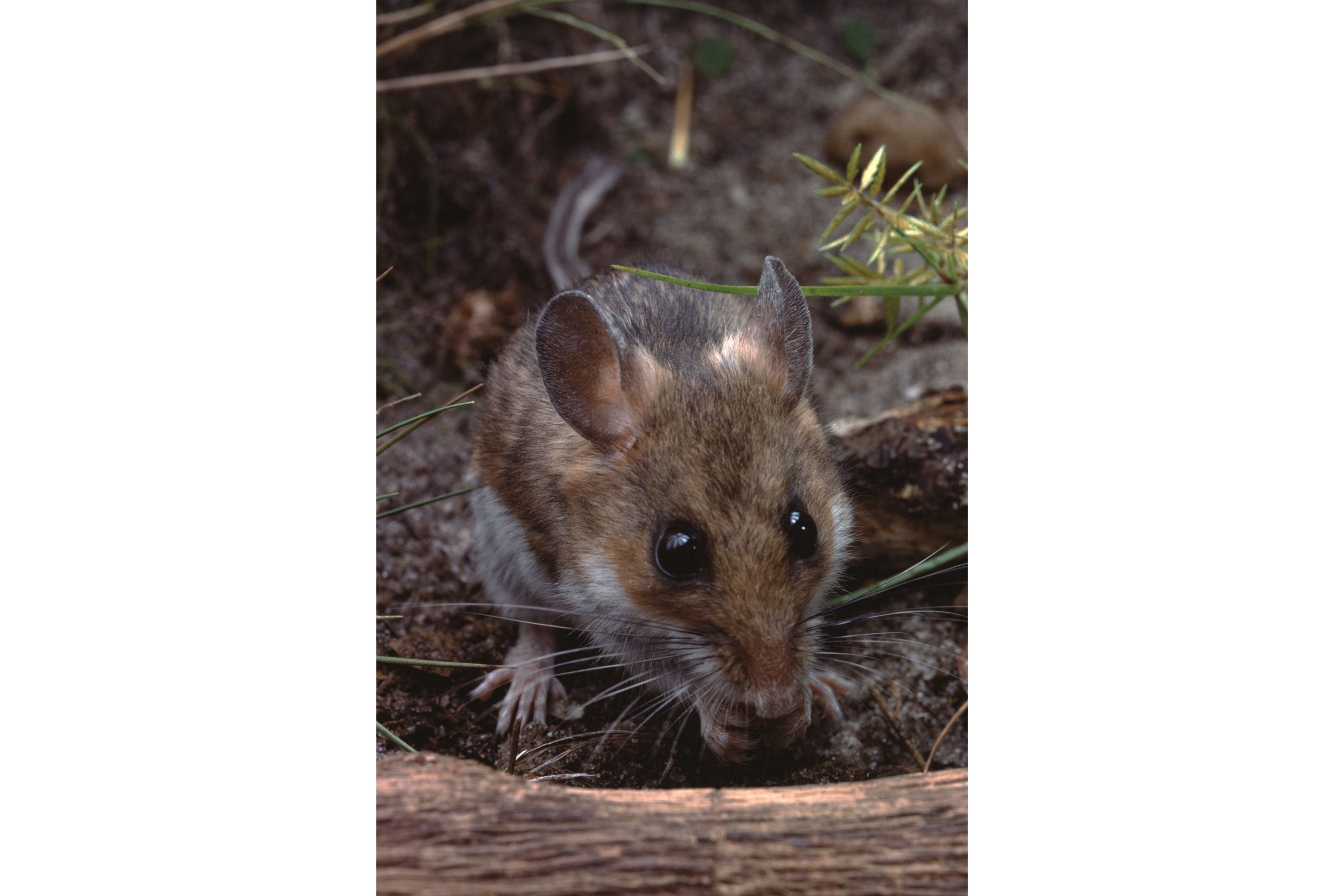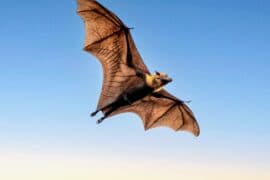White-footed mouse
(Peromyscus leucopus)

Description
The white-footed mouse (Peromyscus leucopus) is a rodent native to North America from Ontario, Quebec, Labrador, and the Maritime Provinces (excluding the island of Newfoundland) to the southwestern United States and Mexico. In the Maritimes, its only location is a disjunct population in southern Nova Scotia. It is also known as the woodmouse, particularly in Texas. Adults are 90–100 mm (3.5–3.9 in) in length, not counting the tail, which can add another 63–97 mm (2.5–3.8 in). A young adult weighs 20–30 g (0.7–1.1 oz). While their maximum lifespan is 96 months, the mean life expectancy for the species is 45.5 months for females and 47.5 for males. In northern climates, the average life expectancy is 12–24 months. White-footed mice are omnivorous, and eat seeds and insects. They are timid and generally avoid humans, but they occasionally take up residence in ground-floor walls of homes and apartments, where they build nests and store food. This species is similar to Peromyscus maniculatus. Like the North American deer mouse, this species may carry hantaviruses, which cause severe illness in humans. It has also been found to be a competent reservoir for the Lyme disease–causing spirochete, Borrelia burgdorferi. The white-footed mouse is one of the most common mouse species used as laboratory mice after the house mouse, and their domesticated version is called Peromyscus leucopus linville. These domesticated ones also make decent pets. They have been bred to have many different colors. The white-footed mouse is the favored host for the parasitic botfly Cuterebra fontinella.
Taxonomic tree:







